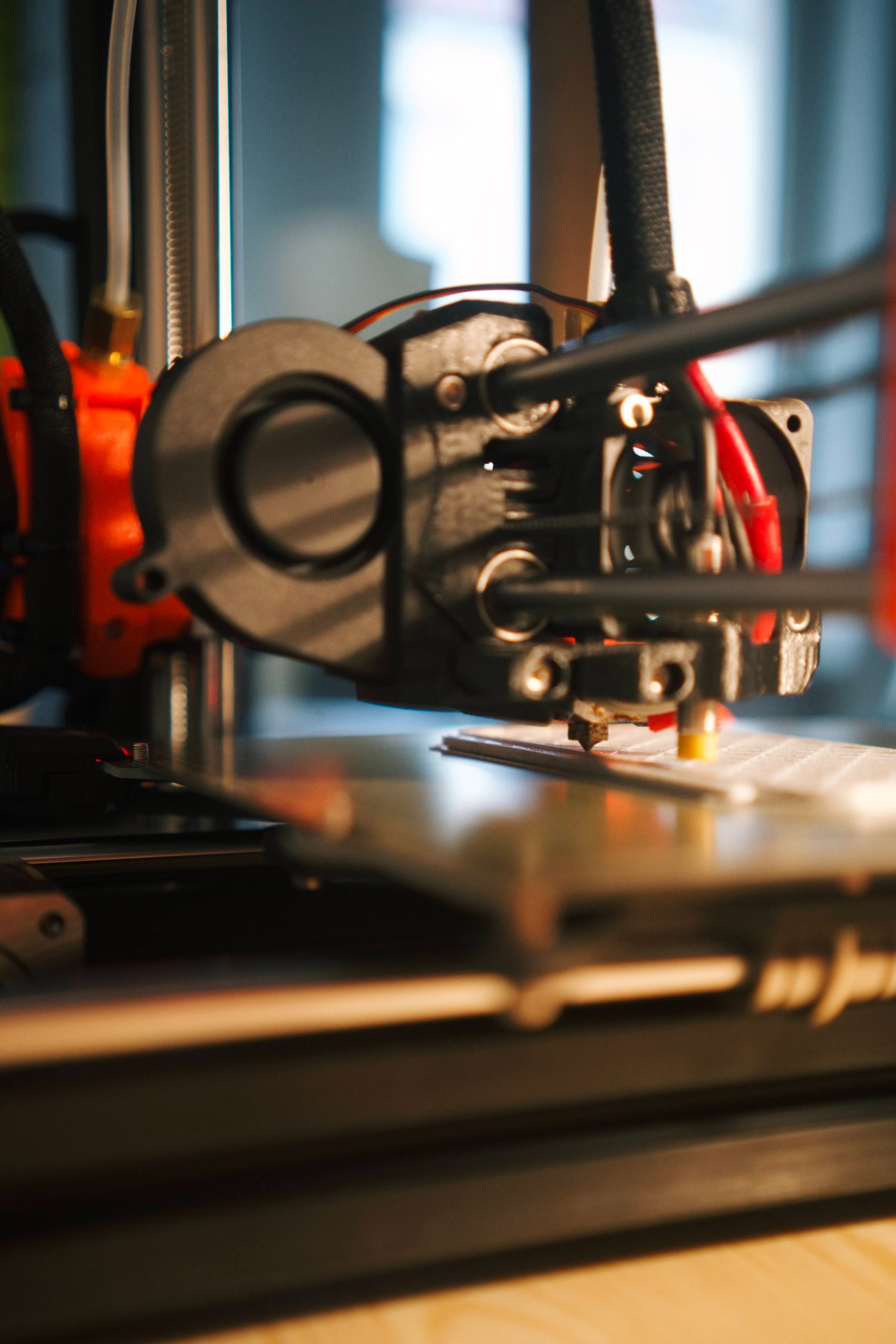
Technology is evolving at a pace that has not been rivaled since the Industrial Revolution. We are seeing industries thrive with these advancements and Additive Manufacturing (AM) has perhaps seen the most significant change during this time. Decreases in up-front costs and lower costs of materials are making AD technology available to a variety of industries today. It is amazing to think that technology is capable of ‘printing’ in three dimensions in a cost-effective manner where it is not limited in an industrial or a production setting. All of this seems too good to be true, but this technology has made the impossible possible. The future is here but there is still a need to learn from the past, specifically in health and safety which is almost always shrouded by innovation.
The health hazards of AM have been generally characterized by many scientific studies, specifically in Material Extrusion. The National Institute for Occupational Safety and Health (NIOSH) has also published practices to minimize these known hazards. These hazards include radiation, electrical hazards, Ultrafine Particles (UFPs) which are particles that are less than 100 nanometers in diameter, and various volatile organic compounds (VOCs), some of which are potential carcinogens such as formaldehyde.
I am a Health and Safety consultant and there are practices that I have observed that could pose both acute and chronic health effects to users. I have seen resins (many of which could cause allergic reactions upon dermal contact) used in SLA printing spilled onto desks and cleaned without personal protective equipment (gloves). Many tabletop printers are used in areas with little to no ventilation which could saturate the air in the area with UFPs and hazardous VOCs affecting respiratory health due to poor indoor air quality. Why are there practices that lack proper protocols and controls to mitigate the known hazards associated with AM?
In an industrial or manufacturing setting, there are rules and regulations that govern health and safety, including AM. Even in these settings, one may not fully understand the health risks posed by AM technology as they are mostly chronic in nature and such hazards affect our bodies internally (it can difficult to believe if you cannot see). For 3D printers used outside of industry (schools, libraries, homes), there little to no measures taken to protect health and safety. These printers are perceived as ‘toys’ or ‘gadgets’ and not ‘tools’ or ‘machines’ so we do not think of the potential health risks.
It is important to understand the effects of materials and chemicals used in AM. There are chronic implications that affect a variety of different communities (children, teenagers, hobbyists). Understanding these implications can help in working to put controls in place to mitigate hazards that may arise. In industry, consult your Health and Safety Manager or an Industrial Hygienist to help understand hazards and to investigate ways to control health risks. In smaller scale applications of AM technology, make sure that you understand the risks associated with the machine and how the materials that you are using influence your exposure.
Being proactive and not reactive is key when it comes your health and safety, and it involves everyone.
‘In every deliberation, we must consider the impact of our decisions on the next seven generations.’
Author: Mr. Joshua Lew, MPH, CIH – Mr. Lew is a Board-Certified Industrial Hygienist and Service Matter Expert (SME) for SevenGen, a premier occupational health, safety and environmental consultancy. SevenGen is the trusted HSE advisor for leading businesses, governments, and institutions throughout the United States. Learn more at www.SevenGenHSE.com.
Subscribe to Our Email Newsletter
Stay up-to-date on all the latest news from the 3D printing industry and receive information and offers from third party vendors.
You May Also Like
Precision at the Microscale: UK Researchers Advance Medical Devices with BMF’s 3D Printing Tech
University of Nottingham researchers are using Boston Micro Fabrication‘s (BMF) 3D printing technology to develop medical devices that improve compatibility with human tissue. Funded by a UK grant, this project...
3D Printing Webinar and Event Roundup: April 21, 2024
It’s another busy week of webinars and events, starting with Hannover Messe in Germany and continuing with Metalcasting Congress, Chinaplas, TechBlick’s Innovation Festival, and more. Stratasys continues its advanced training...
3D Printing Webinar and Event Roundup: March 17, 2024
It’s another busy week of webinars and events, including SALMED 2024 and AM Forum in Berlin. Stratasys continues its in-person training and is offering two webinars, ASTM is holding a...
3D Printed Micro Antenna is 15% Smaller and 6X Lighter
Horizon Microtechnologies has achieved success in creating a high-frequency D-Band horn antenna through micro 3D printing. However, this achievement did not rely solely on 3D printing; it involved a combination...































